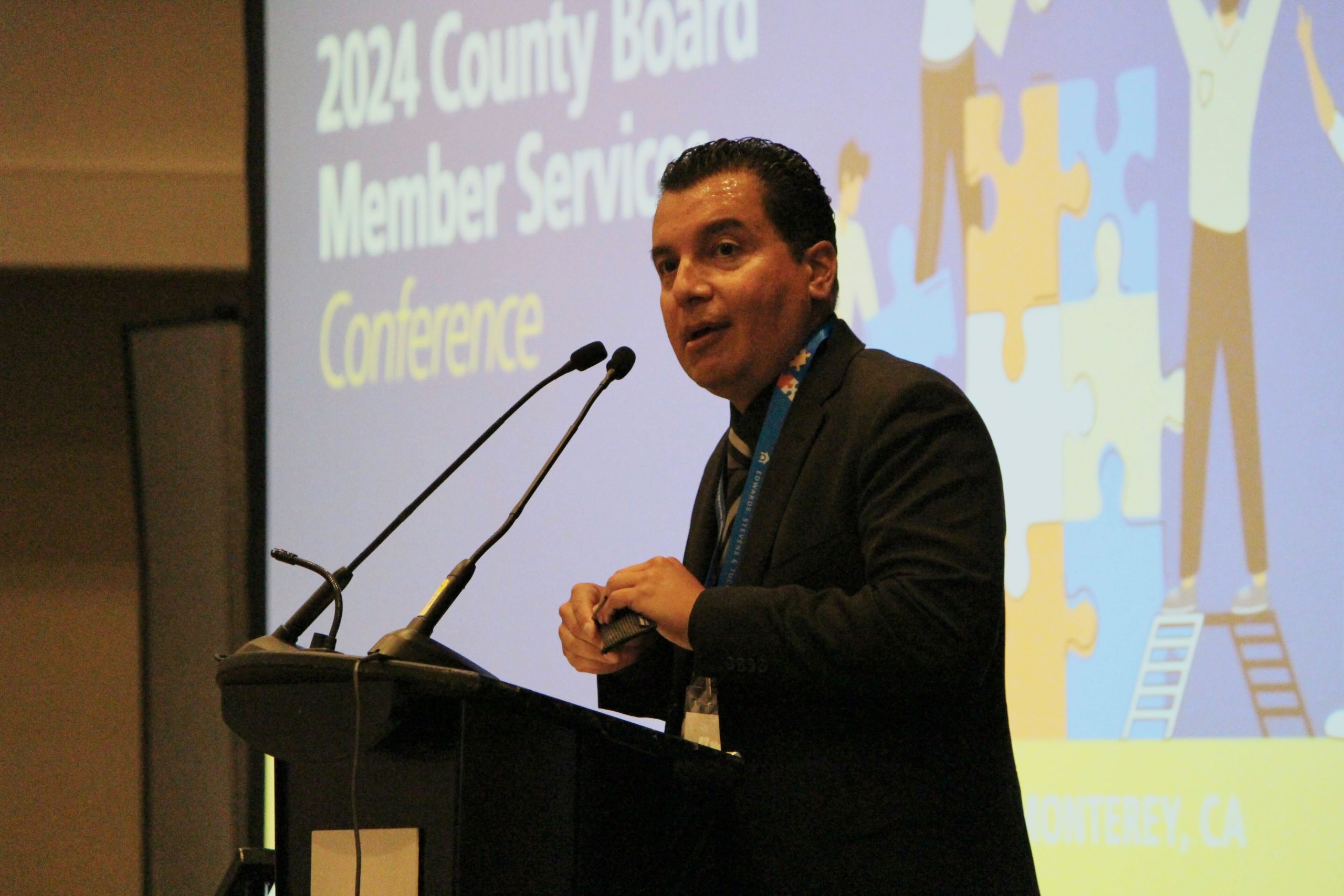In recent years, California has made progress in providing resources and support for students with dyslexia, a language-based learning disability that most often affects an individual’s ability to read fluently. In 2015, Assembly Bill 1369 directed the California Department of Education to develop the state Dyslexia Guidelines with the goal of improving educational services and support for students with dyslexia.
The 2019–20 education trailer bill (AB 77) appropriated $4 million for the California Dyslexia Initiative, with the goals of building capacity in the statewide system of support to provide early intervention services and supports for students with specific learning disabilities such as dyslexia; identifying effective models for identification and treatment of specific learning disabilities; developing and delivering professional development on evidence-based instruction and strategies informed by research; developing partnerships between local educational agencies; and using the statewide system of support structure to disseminate professional learning, resources and information.
The Sacramento County Office of Education was selected as the project lead and is working in partnership with the University of California San Francisco Dyslexia Center to build capacity and resources across California’s educational systems to address the needs of struggling readers and students with dyslexia.
In a presentation to the Instructional Quality Commission on Nov. 17, CDE Grant Administrator Jennifer Buzolich said research now shows that educators and educational systems have the ability to reduce or eliminate dyslexia. “A major goal of the California Dyslexia Initiative is to improve our screening and intervention efforts across the state. Our partner, the UCSF Dyslexia Center, is developing and testing a digital screening system that will be made free and publicly available to all LEAs in California once completed.”
Pilot programs are currently running around the state, including two sites near the Sacramento COE where the office is providing customized professional learning based on the districts’ needs. “Cohorts of teachers at each site are building a common language and understanding around the teaching of reading,” said Buzolich. “CDI is offering the LETRS, or Language Essentials for Teachers of Reading and Spelling program, which is accredited by the International Dyslexia Association.”
Buzolich emphasized the program has two components based on the “simple view of reading,” which states that reading comprehension is a product of printed word recognition and language comprehension. “It’s critically important that, when we talk about reading, we are avoiding an either/or stance. Both sides of the simple view of reading are needed for students to be successful readers.”
Another component of the professional learning is a webinar series focused on why some students struggle to learn to read, how to recognize the risk factors and how to support reading difficulties in the classroom. Sacramento COE provides companion documents and activity guides for teachers to support a deeper exploration of the content.
“The end goal is to have a suite of resources that will support the UCF screening system,” said Buzolich. “In addition to professional development opportunities, another resource will be a depository of tools and resources to help LEAs identify and provide services to students with specific learning disabilities like dyslexia.”





